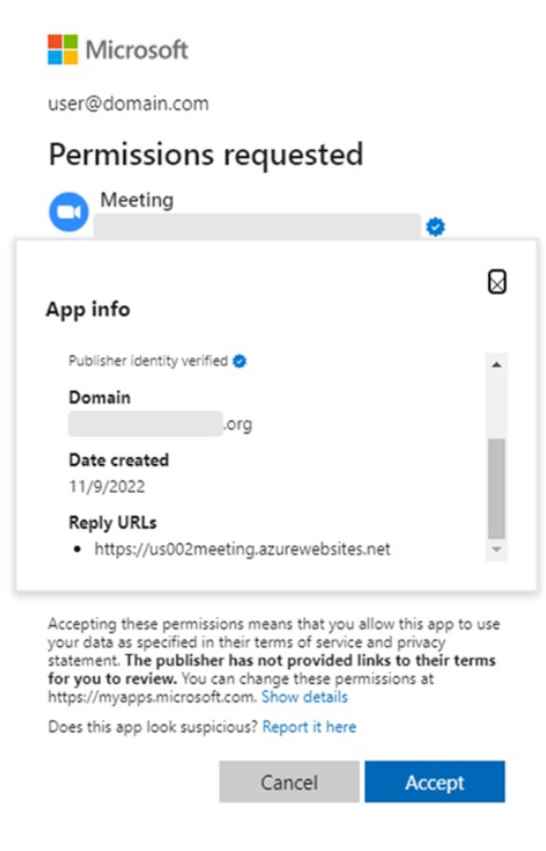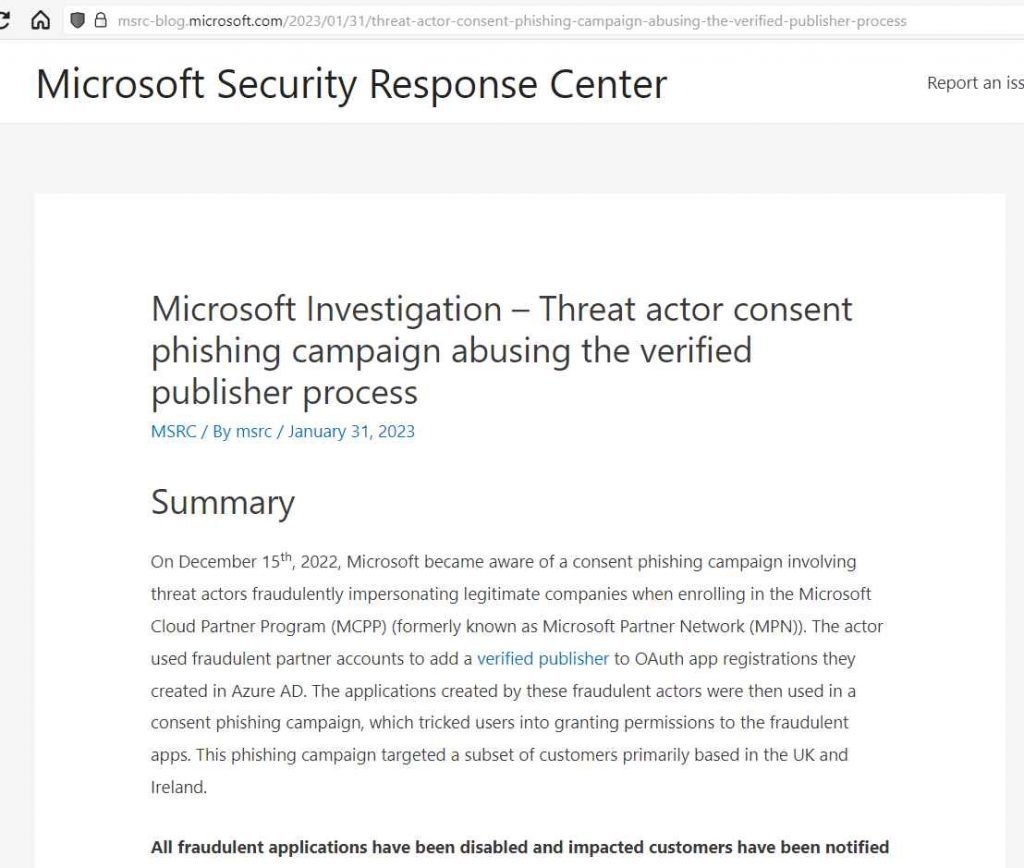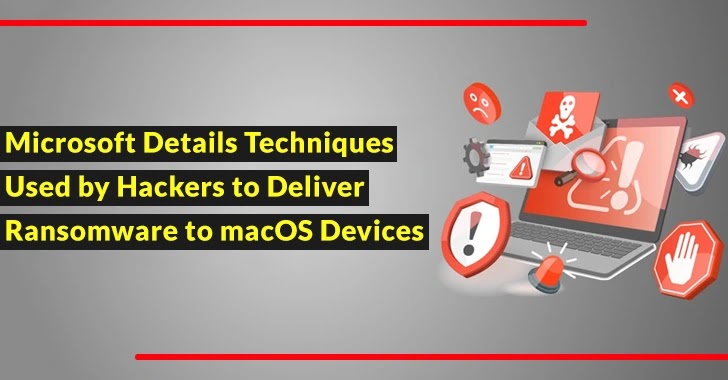Using technology powered by AI (Artificial Intelligence), scammers can now take advantage of potential victims looking for love online by deceiving them by using modern hooks.
With the rapid advancement of AI technology, scammers now have a powerful ally in the form of popular AI tools such as ChatGPT. These tools allow scammers to create anything from seemingly harmless intro chats to elaborate love letters in a matter of seconds, making it easier than ever for them to deceive unsuspecting victims.
By leveraging the impressive capabilities of these AI tools, scammers can quickly generate custom-made content designed to prey on their target’s emotions. The use of AI-generated content has made it increasingly difficult to identify and avoid scams.
One of the most common tactics used in online dating and romance scams is the practice of “catfishing.” This involves the creation of a fake online persona to lure unsuspecting victims into a relationship with the sole intention of extracting financial gain.
The term “catfishing” derives from the act of using a fake profile to hook a victim, much like fishing with a bait hook.
Convincing Scam Messages
In a recent research report titled “Modern Love” by McAfee, over 5,000 people from around the world were presented with a sample love letter and asked to determine if it was written by a person or generated by artificial intelligence (AI).
“My dearest,
The moment I laid eyes on you, I knew that my heart would forever be yours. Your beauty, both inside and out, is unmatched and your kind and loving spirit only add to my admiration for you.
You are my heart, my soul, my everything. I cannot imagine a life without you, and I will do everything in my power to make you happy. I love you now and forever.
Forever yours …”
According to a research report by McAfee, when presented with the above sample love letter and asked to determine if it was written by a person or generated by AI, one-third of respondents (33%) believed it was written by a person, while 31% believed it was written by an AI.
While the remaining 36% of participants were unable to determine if the letter was written by a human or a machine. The study aimed to investigate the extent to which AI-generated content is perceived as authentic and genuine in the context of romantic relationships.
User Interaction Data Analysis
A recent survey found that a majority of people (66%) have been contacted by a stranger through social media or SMS and subsequently began chatting with them. Facebook and Facebook Messenger (39%) and Instagram and Instagram direct messages (33%) were cited as the most common platforms used by strangers to initiate conversation.
Unfortunately, many of these interactions eventually led to requests for money transfers. In fact, 55% of respondents reported being asked to transfer money by a stranger.
While the majority of these requests (34%) were for less than $500, a significant number (20%) involved amounts exceeding $10,000.
More concerning, 9% of respondents were asked to provide their government or tax ID number, while 8% were asked to share their account passwords for social media, email, or banking.
Scam Detection
It has been reported that people discovered they had been catfished when they experienced the following scenarios:-
- Neither a face-to-face meeting nor a video conference could be arranged. (39%)
- Upon finding the scammer’s photo online, they immediately realized that it was a false representation of the scammer. (32%)
- During the conversation, the person asked for personal information. (29%)
- The individual did not wish to speak on the telephone. (27%)
- Several typographical errors and illogical sentences were present. (26%)
If the scammer is asking for money, that is the one and only telling sign that he or she is performing an online dating or romance scam.
This kind of scam usually entails a little story as part of the request, often focusing on a hardship experienced by the scammer.
Mitigations
Here below we have mentioned all the mitigations to avoid getting tangled up in an online dating or romance scam:-
- The best way to know if this new love interest is right for you is to speak with someone you trust.
- It’s important to take your relationship slowly in the beginning.
- If the individual uses a profile picture, try a reverse image search.
- Make sure that you do not send money or gifts to anyone who you have not met personally before.
- Whenever you receive a friend request from a stranger, say no.
- If you have any personal information on any unwanted website, make sure you clean it up.
- It is strongly advised that you do not click on any malicious links that have been sent to you by a scammer.
A chatbot like ChatGPT is a very powerful tool, but it is important to keep in mind that it is only a tool, and inherently, there is neither good nor bad about it.
As long as the user decides how to use it, it is then up to them to decide how they will be able to make use of it.
Exploring GPT-3: An unofficial first look at the general-purpose language processing API from OpenAI

















![A Hacker's Mind: How the Powerful Bend Society's Rules, and How to Bend them Back by [Bruce Schneier]](https://m.media-amazon.com/images/W/WEBP_402378-T1/images/I/41Yeq54EmfL.jpg)
















